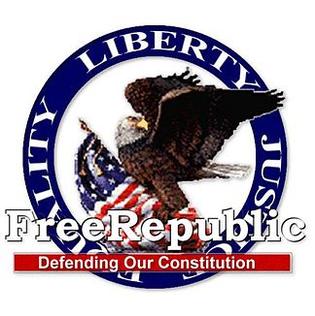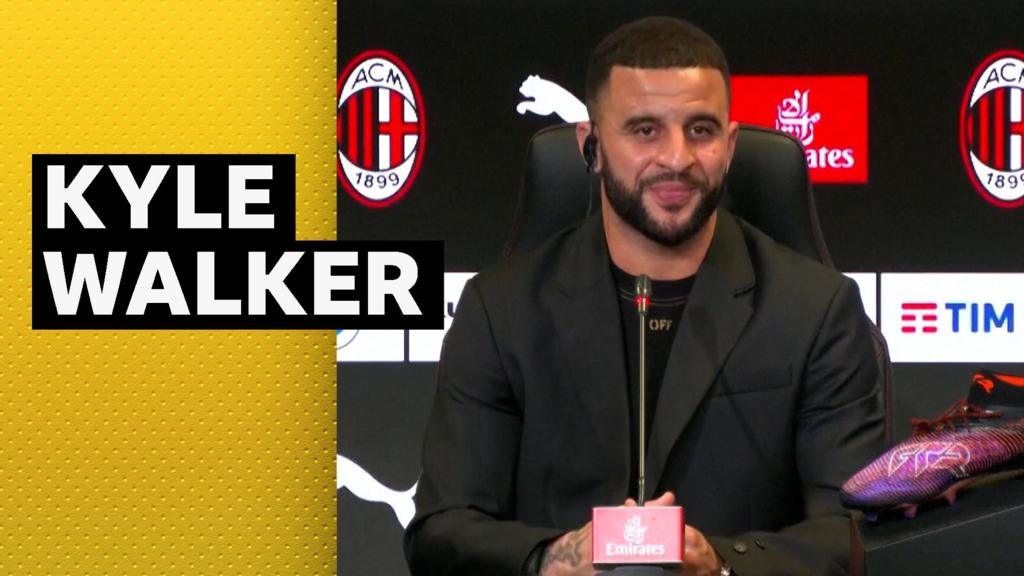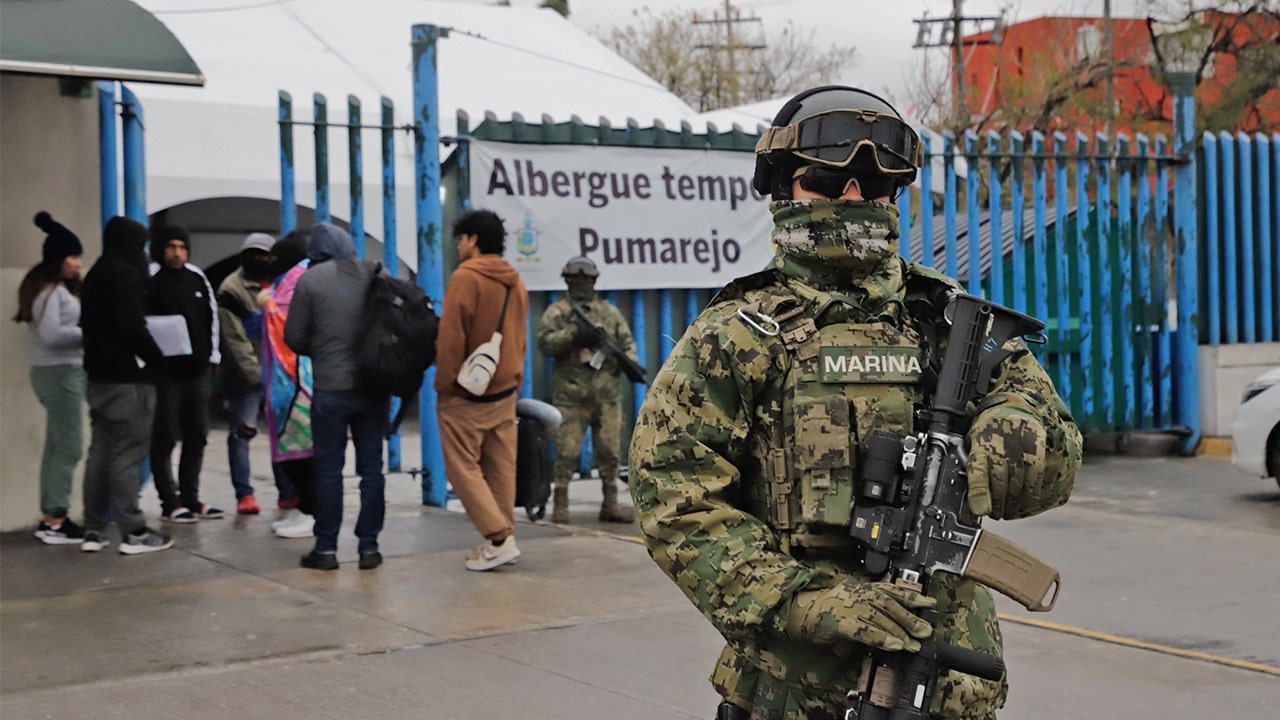What We Know and What We Don’t About January 6
Imprimis ^ | Feb 1, 2025 | John Daniel Davidson
Posted on 02/01/2025 5:56:01 PM PST by Gil4
The following is adapted from a talk delivered at a Hillsdale College luncheon in Anchorage, Alaska, on January 22, 2025.
Just hours after his inauguration on January 20, President Trump pardoned more than 1,500 people convicted of offenses related to the events of January 6, 2021. He commuted the sentences of fourteen additional people whose cases for a full pardon are still under review.
Earlier that morning, to less fanfare, President Biden had issued “preemptive pardons”—a type of presidential pardon with no historical precedent—to all the members and staff of the House Select Committee on January 6 and to all the U.S. Capitol and D.C. Metropolitan police officers who testified before that committee.
What could better illustrate that what happened at the U.S. Capitol on January 6 has become a political Rorschach test on which Americans remain deeply divided?
Partisans on the Left accept the official narrative of the Democrats and the corporate press, believing that January 6 amounted to an insurrection and a violent attempt to overturn the results of the 2020 election.
Partisans on the Right believe that however bad the events of that day were, the federal government’s reaction has been even worse, amounting to a weaponization of the Department of Justice to criminalize certain political views.
Many ordinary Americans are left wondering what to believe. With those Americans in mind, it is helpful to sift through what we have learned about January 6 over the past four years—and to note the things that we still don’t know.
The official report of the House Select Committee, which runs to more than 800 pages, is too deeply biased to give much help. This was foreordained given the hyper-partisan way the Select Committee was formed. Then-House Speaker Nancy Pelosi rejected then-House Minority Leader Kevin McCarthy’s two Republican appointments to the committee—Representatives Jim Jordan and Jim Banks—and instead appointed two virulently anti-Trump Republicans, Representatives Liz Cheney and Adam Kinzinger.
The Select Committee’s report, issued in December 2022, omitted important information about January 6 and failed to address many lingering questions about the government’s role and response. Its partisan (and specifically anti-Trump) purpose can be deduced from its recommendations: that the Department of Justice pursue criminal charges against Trump and that Congress bar Trump from ever again holding federal office.
In some instances, the Select Committee showed a blatant disregard for facts. It claimed, for example, that Trump was aware of violence at the Capitol for more than three hours—187 minutes, to be exact—before he took action to intervene. Cheney referred to this as a “supreme dereliction of duty.” But in fact, according to a timeline of events compiled by The New York Times (and corroborated by The Washington Post), no more than 25 minutes passed between the reported breach of the Capitol at 2:13 p.m. and Trump’s first tweet addressing the situation at 2:38 p.m., when he wrote, “Please support our Capitol Police and Law Enforcement. They are truly on the side of our Country. Stay peaceful!” About 30 minutes later, Trump again took to Twitter to address the demonstrators: “I am asking for everyone at the U.S. Capitol to remain peaceful. No violence! Remember, WE are the Party of Law & Order—respect the Law and our great men and women in Blue. Thank you!”
More important than the report’s factual errors are the serious questions never investigated by the Select Committee. Why did Democrat congressional leaders turn down repeated offers of National Guard troops to protect the Capitol that day? Why was security so lax outside the Capitol despite expectations of a large demonstration? How many FBI informants and other undercover federal law enforcement officials were in the crowd? What communication did the FBI or FBI informants have with protest organizers ahead of the event? Why wasn’t then-Capitol Police Chief Steven Sund told there were federal informants in the crowd? Why did the U.S. Capitol Police open the doors and allow demonstrators into the building? Why did federal law enforcement authorities demand cell phone location data for the thousands of people who were outside the Capitol but broke no laws? Why does the FBI still have no idea who planted the pipe bombs near the headquarters of the Republican National Committee and the Democratic National Committee on the evening of January 5?
Defenders of the official narrative accuse those who ask such questions of being conspiracists. But until those questions are answered, our understanding of January 6—no matter our political leanings—will be incomplete.
***
Here is what we know happened. On the morning of January 6, 2021, tens of thousands of Trump supporters gathered for a rally on The Ellipse, a park south of the White House, to show support for the President and protest what they believed were irregularities and election fraud that marred the 2020 election. Trump addressed the crowd and then encouraged them to march to the U.S. Capitol to protest “peacefully and patriotically.” Trump never incited the audience or suggested anything other than peaceful demonstrations. Indeed, many of those present at The Ellipse had applied for and been issued permits by the Capitol Police to stage events and host speakers on the U.S. Capitol grounds that day—a common enough occurrence in Washington, D.C.
Before Trump had even finished speaking, a separate and much smaller group had already gathered at the Capitol and breached the first set of outdoor barriers. As the main body of peaceful demonstrators made their way from The Ellipse to the U.S. Capitol grounds, confrontations between this smaller group and Capitol Police were already underway, and eventually a riot ensued. The demonstrators marching toward the Capitol had no way of knowing what was underway while they were still at The Ellipse watching Trump speak. And owing to the size of the Capitol grounds—some 23 acres—it was unclear to many, even upon arriving at the Capitol, what was happening.
Much of what we have learned about this is from more than 40,000 hours of security footage that had been kept under seal by House Democrat leadership and excluded from the Select Committee’s inquiry. This security video was released to Tucker Carlson by Speaker of the House Kevin McCarthy after Republicans took over the majority in the House in the 2022 midterms. Among other things, it shows clearly that after the chaos had subsided, U.S. Capitol Police were ushering people into the building. One must presume that many of those who entered the Capitol during this period were unaware of the earlier clashes with police and assumed—because police were waving demonstrators along and, in some cases, even escorting them—that they were allowed to be there.
The video released by McCarthy included footage of Jacob Chansley, the “QAnon Shaman” who became the face of the “insurrection” in the media and who was sentenced, in the fall of 2021, to 41 months in federal prison. As many as nine police officers calmly escorted Chansley around the Capitol complex, at several points even checking for unlocked doors for him. They did not try to hinder, let alone apprehend him. It also included footage showing Capitol Police Officer Brian Sicknick, who died on January 7, 2021, walking around and apparently healthy on January 6. A month after his death, the Washington, D.C. medical examiner issued a report concluding that Sicknick died of natural causes. To this day, Democrats and the corporate press cite Sicknick’s death as evidence of their narrative, claiming he died due to blunt force trauma to the head with a fire extinguisher. The security footage withheld by the Select Committee clearly indicates that this never happened.
The video also raised questions about who was responsible for failing to provide adequate police protection for the Capitol. That such a relatively small group of rioters managed to breach the Capitol is an indictment of those responsible for providing for its security—namely, Speaker Pelosi and Washington Mayor Muriel Bowser.
Barred from participating in the Select Committee, House Republicans conducted their own probe and released a 140-page report in December 2022. It blamed “leadership and law enforcement failures” for making the Capitol vulnerable and accused former House Sergeant at Arms Paul Irving of being “compromised by politics,” coordinating with Pelosi and her staff while leaving Republican lawmakers out of security discussions and planning. The report also claimed that Democratic leaders were concerned about the “optics” of deploying the National Guard in response to the riot in the aftermath of the Black Lives Matter riots during the summer of 2020.
Perhaps most puzzling of all was the Capitol Police Board’s failure to request National Guard assistance prior to January 6, which, according to a separate bipartisan Senate report, meant that “the District of Columbia National Guard was not activated, staged, and prepared to quickly respond to an attack on the Capitol.” This failure stands out in part because Trump himself, in the days leading up to January 6, was adamant that 10,000 National Guard troops be deployed ahead of that day—a fact Cheney concealed by hiding an interview transcript produced by the Select Committee. Trump’s request for troops was not only ignored by Pelosi and Bowser, it was also met with resistance at the Pentagon, which delayed the deployment of the National Guard and then covered it up.
The House Republican report also found that police officers were “under-trained and ill-equipped to protect the Capitol complex. One officer testified to investigators that he went into the fight . . . with nothing but his USCP-issued baseball cap. Even if every USCP officer had been at work that day, their numbers would still have been insufficient to hold off the rioters due to a lack of training and equipment.”
A December 2024 report from the Justice Department’s Office of the Inspector General (OIG) is also damning on this point. The FBI, which was responsible for canvassing the Capitol grounds for potential security threats or breaches ahead of a major demonstration like the one planned for January 6, failed to do so and gave no reason why. Then-FBI Associate Deputy Director Paul Abbate described the lack of canvassing as a “basic step that was missed” and told the OIG he would have expected a canvassing to have been conducted beforehand through what the FBI calls the issuance of an “intelligence collection product.” Such a product was issued for the January 20 inauguration, but not for January 6.
The OIG report also revealed for the first time that the FBI had 26 confidential human sources, or informants, in the crowd that day. Most of them went on their own initiative, according to the report, and three went into the U.S. Capitol—a crime for which many otherwise law-abiding January 6 defendants were sentenced to lengthy prison terms. Incredibly, one of the FBI informants who entered the Capitol was reimbursed by the FBI for his travel expenses to and from Washington. The idea that the FBI had informants at the Capitol that day was previously denounced as a conspiracy theory.
The disclosure about the 26 informants invites further questions about what other elements of federal law enforcement were present that day and what exactly they were doing. The video released by McCarthy shows that Ray Epps, a man who is suspected of being an FBI informant and who was at the heart of the events of January 6, lied to Congress about his movements. When the Select Committee had him testify in an attempt to clear his name after footage emerged of him urging the crowd to storm the Capitol, Epps told committee members that he never entered the Capitol. He testified that when he texted his nephew at 2:12 p.m. that day, writing that he had “orchestrated the protests at the Capitol,” he was already back at his hotel room. But surveillance footage shows this is not true. Epps remained at the Capitol for half an hour after he sent that text. Members of the committee knew this but never followed up.
The mystery surrounding Epps is in some ways representative of everything we still don’t know about January 6. And to be clear, the reason we do not know is that efforts to get to the truth have been actively thwarted. Until that changes—until we know all the basic facts about that day—Americans will have no reason to be confident that justice has been served.
TOPICS: Crime/Corruption; Government; Politics/Elections
KEYWORDS: hillsdale; imprimus; january6

Hey! FReepers!
Help Fill The Tank!
How About It? Huh?
It Ain't Askin' Too Much
Ya Know....
Click here: to donate by Credit Card
Or here: to donate by PayPal
Or by mail to: Free Republic, LLC - PO Box 9771 - Fresno, CA 93794
Thank you very much and God bless you.
Just got the link in my email. It points out there is a lot we don't know because we haven't been allowed to know. I know it's bad form to post and run, but I have to step away and might not make it back until tomorrow afternoon.
I thought this was worth posting, so I did it. If I screwed up, apologies in advance.
1 posted on 02/01/2025 5:56:01 PM PST by Gil4
Disclaimer: Opinions posted on Free Republic are those of the individual posters and do not necessarily represent the opinion of Free Republic or its management. All materials posted herein are protected by copyright law and the exemption for fair use of copyrighted works.
FreeRepublic.com is powered by software copyright 2000-2008 John Robinson

 By Free Republic | Created at 2025-02-02 01:58:46 | Updated at 2025-02-02 04:50:42
2 hours ago
By Free Republic | Created at 2025-02-02 01:58:46 | Updated at 2025-02-02 04:50:42
2 hours ago








